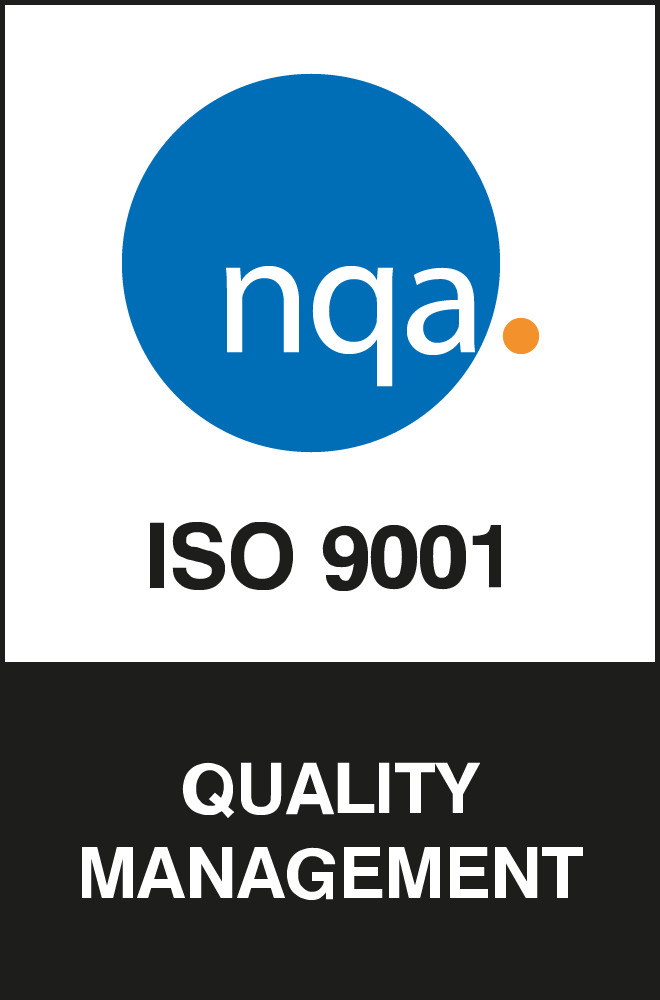The last few years have been a turbulent time for transportation and logistics companies with the Covid-19 pandemic causing severe disruptions to the storage and movement of goods between different parties.
In 2023, however, we will see more key players in the industry introduce a variety of trending technologies to improve agility and adaptability, driven by the impacts of the pandemic, Brexit, technological advancements and the further development of e-commerce.
End-to-End Product Tracking
With IoT expanding further and further every day, its infiltration into every aspect of life will inevitably continue. One example of how IoT technology is changing the sector of transport and logistics is that it is allowing suppliers to offer consumers end-to-end tracking of their products.
With thousands of connected asset tracking devices and location sensors implemented into a factory or manufacturing facility, consumers can track products as they move through the many manufacturing, quality control and delivery phases – from the very beginning right to the end when it is delivered to their door.
This is a great feature for manufacturers whose processes may not have been reaching the standards customers expected during the first wave of the pandemic as many were caught off guard. However, this can help rebuild customer confidence in your logistical capabilities by offering complete process transparency.
Another benefit of this technology is that it can help reduce instances of theft as every product’s location can be tracked and monitored.
Productivity Enhancing Tech
Recent research has revealed that transport workers in the U.K. take off almost three times the U.K.’s average due to illness, with the average worker in the U.K. taking off 4.4 days whilst transport workers take on average 11.4 days.
Of course, having fewer staff members working on any given day results in a reduced level of productivity, which could have further repercussions down the line in regards to meeting contract deadlines.
To help reduce this number and improve productivity levels, transport and logistics companies can use attendance and time management apps or software in the workplace to closely monitor employee attendance, identify problems or patterns and address them accordingly.
Alternatively, innovative digital health tech can be used to encourage employees to take better care of their health on a day-to-day basis to reduce the likelihood of days off and even extended periods of sickness.
Environmental Sustainability Technologies
With many companies within the transport and logistics sector committing to environmental sustainability approaches and local governing authorities across the UK contemplating new Low Emission Zones (such as Nottingham, Leeds and Birmingham), technology will play a huge part in allowing businesses to meet sustainability goals and guidelines without sacrificing profits or efficiency.
For example, we could see more companies upgrade their existing vehicle fleets to electric vehicles so that they can meet the potential new emission standards in the cities mentioned above.
More companies may also fit abatement technology to their vehicle fleet, meaning the emissions from the vehicles will be purified, limiting pollution and further environmental damage.
Autonomous Trucking Advances
Autonomous trucking has remained a highly anticipated technology for some years now, especially within the transport and logistics sector.
The benefits of autonomous trucking are vast but here are a few of the main advantages:
- There is an increased efficiency as autonomous vehicles do not have drivers that need to take comfort breaks or rest stops.
- There is greater output as companies do not have to restrict deliveries in line with employee workload health and safety restrictions and can deliver goods across further distances and outside regular working hours. Human drivers can only safely operate vehicles for a limited number of hours before tiredness and concentration issues appear which can result in traffic incidents
- There is improved safety as there no delivery driver means better social distancing can be achieved, keeping employees safe from exposure to Covid-19.
As investment and research continue to pour into this exciting emerging technology, we can expect some huge announcements to be made this year.
Experts imagine Starsky Robotics will carry on leading the way in future as many huge accomplishments in the field have been made by the company so far, for example in 2019 one of its trucks was the first unmanned truck to drive on a real highway in Florida.
Next-Generation Digital Twin Models
Digital twins have high value in logistics and have traditionally involved the creation of an entirely digital representation of a factory, manufacturing facility or distribution centre to achieve enhanced planning, identification of opportunities for improvement as well as pinpointing areas of success.
Advanced digital twins now encompass a cross-functional end-to-end twin of entire supply chains and provide greater visibility of how events from one end of the supply chain can impact order fulfilment at the other end.
These digital twins model issues in production, transport, warehousing and distribution to create optimised solutions that cause minimal disruption.
Automated Storage and Retrieval Systems (AS/RS)
Robotic shuttle systems will become more common in warehouses and distribution centres.
These systems can pick and pack products ready for distribution much faster than even the fastest human workers, which is especially useful as demand increases for same-day online order fulfilment.
Alternatively, they can be used for the opposite purpose, to store items coming into the location, saving huge amounts of staff time and reducing the level of manual labour in their roles.
Another benefit is that, as long as everything is in the right place and the correct item locations are inputted into the system, there is a significant reduction in incorrect orders being sent out to customers as there is no margin for human error.
The systems work using a series of routes that picking/packing robots can follow to reach predefined locations where specific items can be obtained from or stored in.
Previously, automated storage and retrieval systems were most commonly found in huge warehouses belonging to e-commerce giants like Amazon. However, in the future, we can expect smaller businesses to implement these systems as the technology becomes more financially accessible and the benefits become clearer to sceptics.
Blockchain in Logistics
Blockchain is another emerging technology that has applications in many different industries and sectors, including transport and logistics.
Blockchain can be used to ensure the legitimacy of performance history records for trucks. When buying a preowned truck, a buyer might question the history of the truck’s usage – what it was used for and where it was purchased from.
Blockchain can also be used in this field to bring more accurate shipping costs.
Often, the cost of transporting goods is based on volume, IoT sensors can be used to ascertain the amount of space the goods being transported takes up so that shipping costs can be determined.
This figure can then be automatically stored into a blockchain-based system with a smart contract which will facilitate automated payments based on how much space is taken up by the cargo.
AI Improved Logistics
Using data which relates to historic transactions and past customer purchasing behaviour, automation software with AI can be used as a predictive tool by accurately calculating when demand for specific product lines will increase using a variety of complex metrics.
This ensures that not only stock shortages can be prevented but overstocking too.
Businesses that implement this type of technology can benefit from improved cash flow management and more streamlined sales and marketing strategies based on empirical data rather than estimations.
Is your app or software idea going to be the next big thing in transport and logistics?
Let us help you bring your project for life with our passion for innovation and technical expertise.
Get in touch with us today to find out how we can work with you to create your vision.























